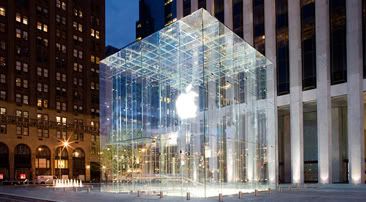
Ever since I found out about it, the Jergins Subway has always aroused a high level of curiosity. So I jumped at the chance to tour the pedestrian tunnel under Ocean Boulevard at Pine Avenue as it was being cleaned up for the public this weekend. On October 28th, the Jergins Subway will serve as an ad-hoc movie theater as part of the University by the Sea event in Downtown Long Beach. Many of the films shown will feature classic movie footage of old
The Jergins Subway was created as a pedestrian safety crossing for
The Jergins Subway’s recent history includes various efforts to reopen it, with one attempt traced to a 2002 city task force. The task force developed a number of reuse concepts for the tunnel, from historic museum to nightclub. At the time, it was determined that the primary obstacle to revitalizing the Jergins Subway was financing: $750,000 to reopen the tunnel, and over $100,000 annually to operate the tunnel (in 2002 dollars). A number of advocates still look to this task force’s document as a starting point for resurrecting the Jergins Subway.
The Jergins Subway is roughly 35 feet wide by 180 feet long, running from the edge of the driveway in front of the Renaissance Hotel to the edge of
Restoring the Jergins Subway would take little effort. The larger costs would be to modernize the tunnel for future use, including bringing the tunnel to current building code standards. Some would like to see the Jergins Subway brought back as a pedestrian passage to relieve congestion at the intersection of
What could be put in the tunnel? CSU Long Beach has been seeking a greater connection to the downtown. One gem that the university can share with the City is their incredible University Arts Museum. The Long Beach Museum of Art could also find a use for the tunnel as additional exhibition space, especially given its central location. The City of
The primary logistical question is how to get people into the tunnel. There are both literal and metaphorical blockages: how to get people physically into the underground space, and how to build interest in visiting the location. There needs to be emergency egress at both ends; the north can exit through the sidewalk via concealed stairs like those typically found along subways. A primary entrance could be created using the former skylight in
This Sunday, the public will have the opportunity to see the Jergins Subway. This should be an opportunity for all of us to dream about what could be, and to build the public will for the tunnel’s reemergence as an important feature of Downtown Long Beach.
Apple Store in
Editor’s Note: In an effort to raise greater awareness to the struggle to save Jergins Tunnel, 2nd District Councilperson Suja Lowenthal will discuss the issue in a special edition of the Long Beach Junior Chamber’s Beer & Politics event. Lowenthal will be speaking, and available for discussion on Sunday, October 28th, from 1pm – 2:15pm at the University By The Sea Student Center, 135 Pine Ave.

